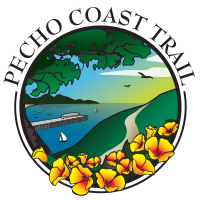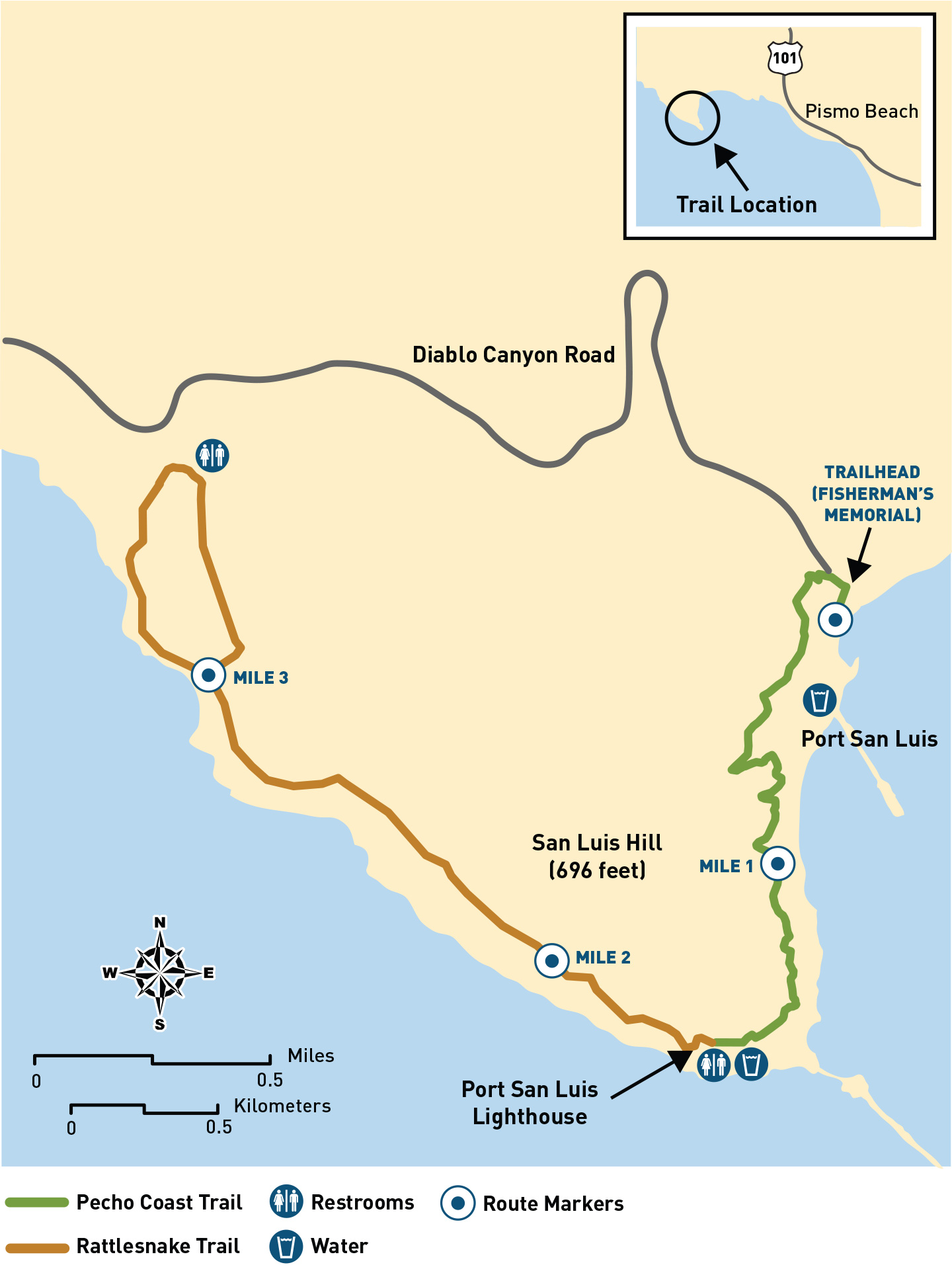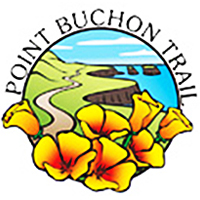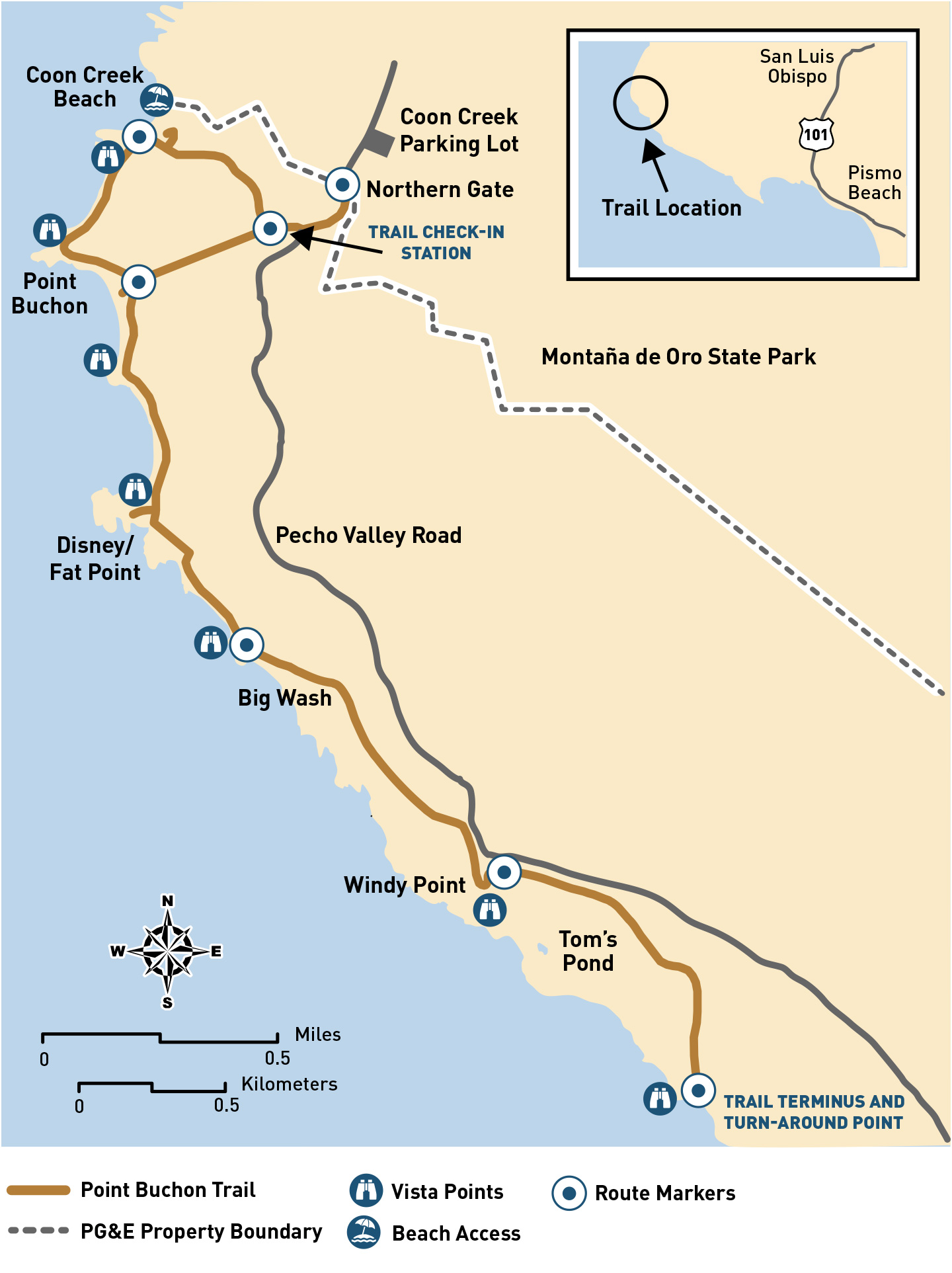Recreational areas
From the Pit River country in the Cascade Range to the coast of San Luis Obispo County, our recreational facilities are ready for you to enjoy.
Locations such as Lake Almanor, Lake Spaulding and Lake Britton, are engineered to create clean energy through our hydroelectric system. Our sites feature campground and picnic facilities located throughout the Sierra Nevada available for reservation. Most of the lakes also offer fishing, swimming and boating.
PG&E is proud to be the steward of over 12,000 acres located between Avila Beach and Montaña De Oro State Park in San Luis Obispo County. The land surrounds our power plant, Diablo Canyon. Through our Land Stewardship Program, PG&E preserves two hiking trails (Pecho Coast Trail and Point Buchon Trail) for visitors to see remarkable vistas of California’s central coast in its rugged, natural state













